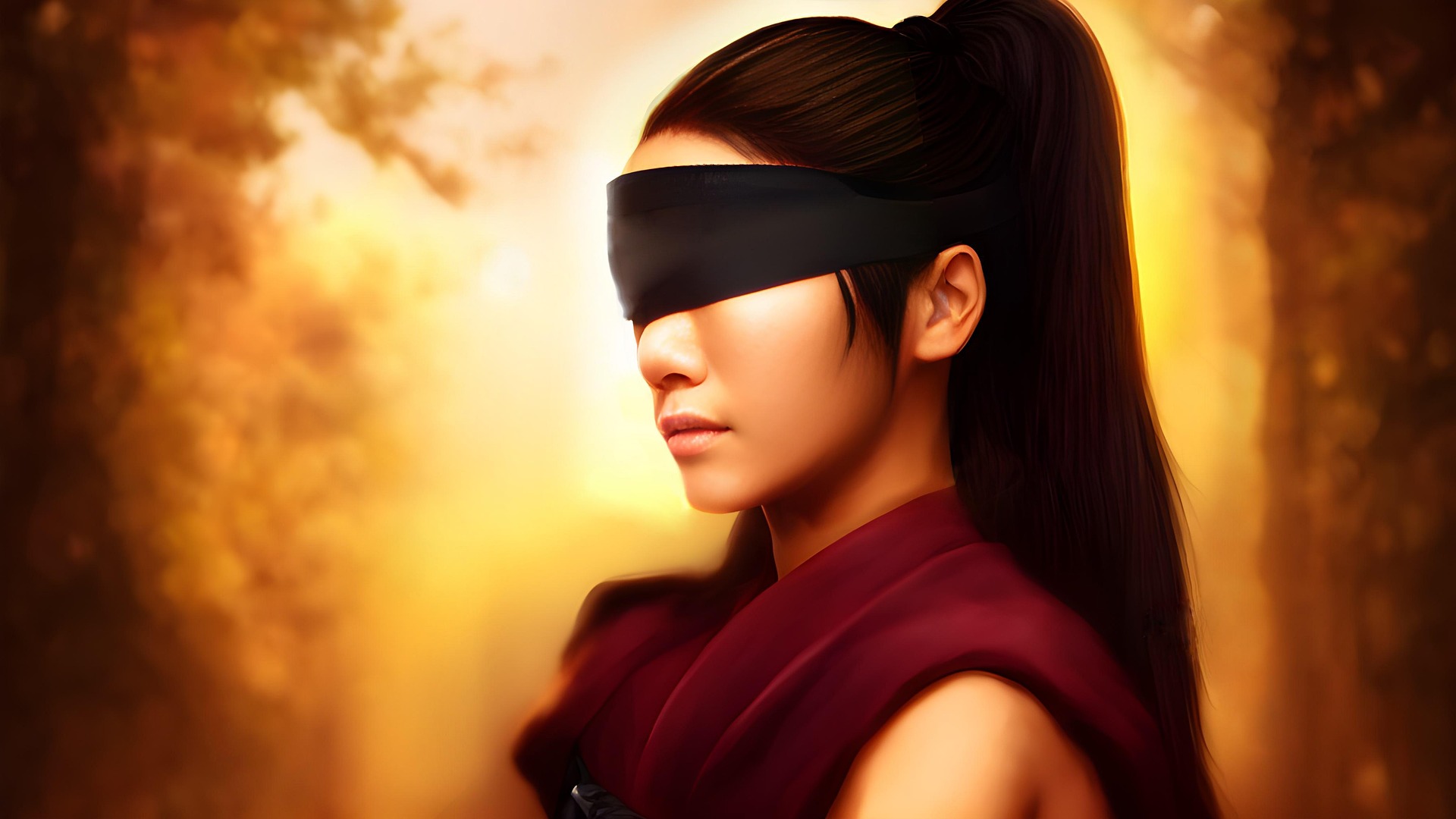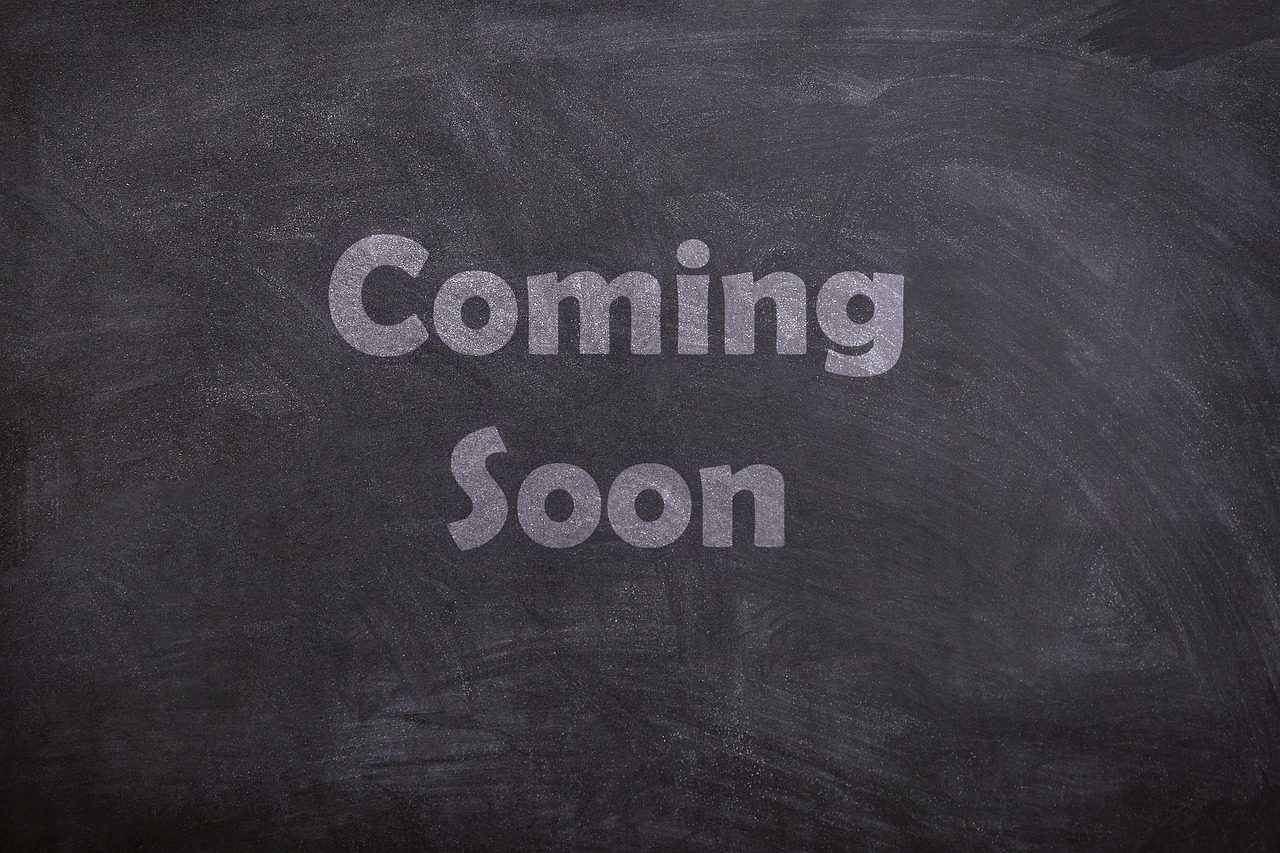What do you do when it’s pitch black and you’re faced with a threat? How do you defend yourself when you can’t see your opponent? Whether due to an injury, a power outage, or a hostile situation where you’re blindfolded or disoriented, learning to fight without relying on vision is an advanced but valuable martial skill.
The natural progression of sensitivity drills like Sticky Hands leads to a challenging yet insightful practice: blind fighting. This training enhances your ability to fight under compromised conditions and forces you to rely on touch, timing, balance, and intuition.
There are three stages to developing this unique skillset:
Step 1: Low-Light Sparring
Begin by practicing light sparring in a dimly lit room. Reduce the ambient light just enough to limit vision but still allow basic movement. The goal isn’t to “win” the round—it’s to adapt to limited visual input. Go slow, stay deliberate, and focus on:
- Judging distance by feel, not sight
- Listening to subtle body movements
- Adjusting to visual uncertainty
This stage begins the shift from visual dependence to multi-sensory awareness.
Step 2: Blindfolded Contact Drills
In a dark room, add blindfolds and perform close-contact sensitivity drills, such as pushing hands, sticky hands, or rolling hands. If you lose contact with your partner, you will need to reset without help.
With no visual input, you learn to sense balance, momentum, and direction through touch alone. This develops your ability to feel the opponent’s intention and structure in real-time. Think of it as a kind of tactile radar that sharpens with repetition.
Step 3: Blackout Sparring
This final stage is full immersion. In a dark room, with blindfolds on, start at opposite sides of the mat and slowly work your way into light contact sparring—focusing on takedowns and grappling holds.
At first, it may feel like you’re stumbling around. But the moment you make contact, the training begins:
- Control their posture
- Feel the angles
- Initiate takedowns or submissions
This level trains blind engagement and forces you to react based entirely on feel. You’ll heighten your sense of touch, timing, and spatial orientation.
Realistic Expectations and Benefits
You probably won’t be sparring like a Kung Fu master or movie ninja in total darkness. That’s not the goal. The real value lies in becoming comfortable in chaos. Training under stress—especially with limited senses—reduces panic, increases calm decision-making, and conditions your mind to respond with clarity rather than fear.
By conditioning yourself to operate without vision, you reduce the paralysis that often accompanies disorientation in a real-life altercation.
Final Thoughts
Whether you practice American or Hawaiian Shaolin Kempo, Karazenpo Go Shinjutsu, or another system, these drills can help refine your adaptability and make you a more versatile martial artist. Your techniques should not be limited to ideal scenarios. True self-defense is about adapting to reality.
Train smart. Explore your limits. Learn to fight even when you can’t see.
Have questions, stories, or suggestions? Drop a comment below and join the conversation!



